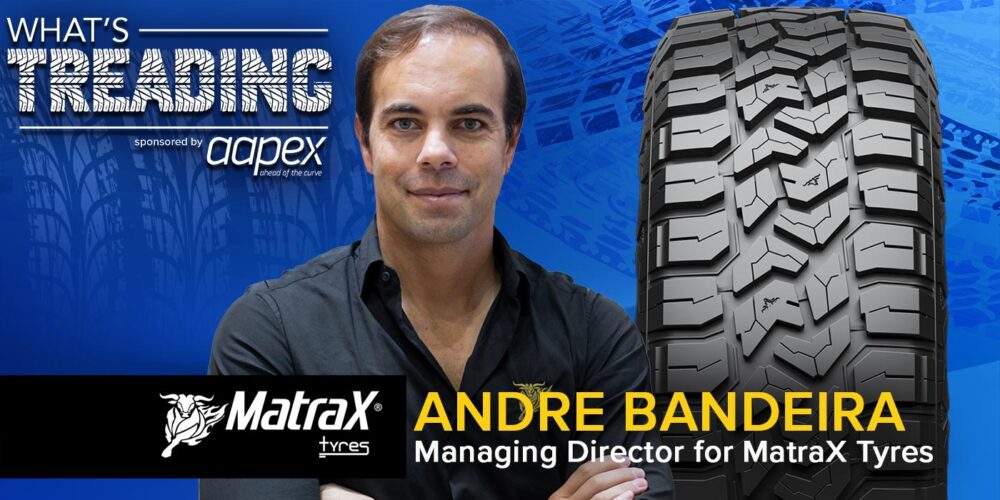When it’s time to replace your customer’s worn-out catalytic converter, choosing the right replacement is critical to avoid comebacks to your shop. Let’s talk about why you should pay attention to emissions certifications before installation in this Tire Review Continental Tire Garage Studio video.
For most vehicles meeting federal EPA standards, you can install any universal EPA-compliant converter. But for models that were certified to the stricter California Air Resources Board, or CARB, emissions, that changes. These vehicles need a converter explicitly approved for CARB-compliant vehicles. If you install a non-CARB-approved catalytic converter on a vehicle that requires it, you can be fined.
Ensuring your converters are certified and feature the right codes stamped on the shell is crucial. Just slapping on a converter that fits the size and shape won’t cut it.
Another problem could also arise with your customer’s ECM (or engine control module) calibration. If you’re in California or dealing with their emissions-certified vehicles, those oxygen sensors are a bit more sensitive. Toss in a non-certified converter and, sure, the customer’s efficiency codes might vanish temporarily, however, brace yourself – they will probably come back after their catalyst gets loaded with contaminants.
As if emissions rules weren’t complicated enough from state to state, it could get more mind-boggling. For example, in New York, if you own a vehicle manufactured for the California market, the state still requires you to follow California emissions and converter standards and replace it with a CARB-certified converter, even if the customer is never going back to California.
You are obligated under the EPA Clean Air Act to maintain vehicles within the emission standards they were originally sold with. It may be a broad interpretation, but it is the safest for shops to follow. Additionally, be aware of local emission requirements that can change not only from state to state but county to county.
Don’t forget to follow us on Instagram and Facebook and subscribe to our YouTube channel for more tire, service and shop operations videos.













